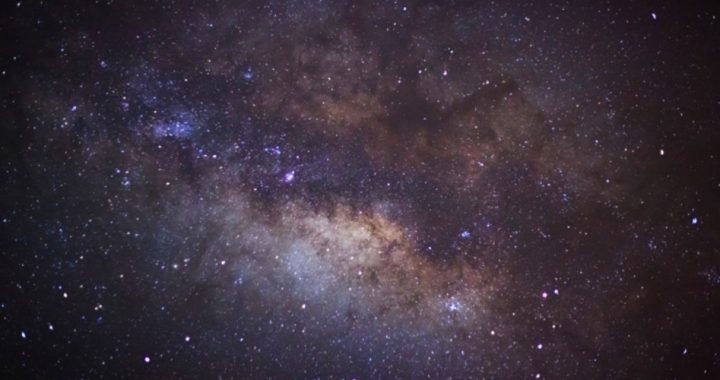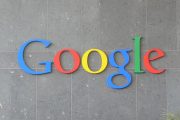
On May 29, 1919, the remote tropical island of Príncipe off the West African coast was the unlikely site of news that would forever change the world. The tiny Portuguese colony, a volcanic rock that is now part of the independent nation of São Tomé and Príncipe, was then mostly covered with jungle and sugar plantations. But it also happened to lie on the path of totality of a solar eclipse that a team of scientists, led by eminent British astrophysicist Arthur Eddington, had come to photograph.
By 1919, solar eclipses were sufficiently well-understood and documented that normal circumstances would not have warranted an expedition to such a far-flung place just to take a few pictures. But these were not ordinary circumstances. Three years earlier, a comparatively unknown physicist, Albert Einstein, had proposed a radical new theory of physics, so-called general relativity, which made a number of startling and counterintuitive predictions that threatened to supersede the majestic edifice of Newtonian physics.
According to general relativity, gravitational fields — which the theory interpreted as curvature in space-time — could be expected to bend light itself, resulting in the distortion of images of stars, galaxies, and other celestial objects. All new theories need to undergo rigorous testing, and it was proposed that a solar eclipse would be a means of testing whether starlight really could be bent as Einstein insisted. The sun’s disk during the 1919 solar eclipse would be in the star cluster Hyades in the constellation Taurus. Eddington made precise measurements of the observed positions of the stars in the Hyades cluster prior to the eclipse, and then took multiple photos of them during totality, when the stars were visible around the darkened disk of the sun. Sure enough, the stars appeared to have changed position very slightly, verifying for the first time Einstein’s theory.
The discovery was broadcast to the world, and Albert Einstein became an overnight celebrity. Theoretical physics was revolutionized. And scientists continued to test other predictions made by general relativity over the decades, validating Einstein’s theory over and over again.
Only one of Einstein’s predictions stubbornly eluded verification: gravitational waves. If the gravitational fields of massive objects produced curvatures in space-time, then their violent perturbation via explosion, collapse, collision, or other enormously energetic events should produce waves that would propagate through space-time like ripples from a stone tossed into water.
It was an elegant theoretical result, but verification proved exceedingly difficult. In the early 1970s, theoretical physicists such as MIT’s Rainer Weiss and CalTech’s Kip Thorne came up with the novel idea to use lasers to detect gravitational waves. It was two decades more before the federal government set aside funds for the construction of what became the Laser Interferometer Gravitational-Wave Observatory (LIGO), a massive pair of perfectly straight tunnels at right angles to each other down which laser beams were directed through a near-total vacuum. Any gravitational wave propagating through the facility (or any of several other similar facilities around the world) would pass first through one beam and then the other a fraction of a second later, causing a minute deflection that sensitive instruments could then record.
Last September 14, after two decades of searching, the long-awaited event finally occurred. At about eleven in the morning in Italy, an anomalous chirp was detected by the LIGO facility there. The news spread rapidly around the world in the close-knit community of gravitational wave scientists, all of whom kept the event a secret while the data was checked and re-checked.
As it turned out, the event was a relic of something that had happened long, long ago in a galaxy far, far away — more than a billion light-years, in point of fact. In that spot almost inconceivably remote in space and time, two very massive black holes in close orbit around one another had finally merged into one larger black hole, causing a massive disruption in space-time that had propagated outward as a gravitational wave travelling at the speed of light. For more than a billion years it traversed the cosmos before finally washing up on the shores of earth, where it became the vindication of the final piece of Einstein’s great theory one century after first publication.
Rainer Weiss and Kip Thorne — now retired from regular university work but still active as theorists — along with several colleagues, presented the momentous finding in a press conference on Thursday morning. The project had cost an enormous sum and many years of patient work, but had finally yielded the hoped-for result. Just as the recent discovery of the Higgs Boson furnished the final empirical verification of the so-called “standard model” of particle physics, so the discovery of gravitational waves capped a century-long project of testing and verifying the predictions of general relativity. With general relativity (a deterministic or “classical” theory) apparently irreconcilable with quantum mechanics (a stochastic or non-deterministic theory, and the other great achievement of 20th century physics), talk is already circulating about the end of theoretical physics. Both theories have been extraordinarily successful while being utterly at odds with each other, and every attempt at a “grand unified theory” that would supersede them both has met with abject failure.
That said, the potentialities of new observational science exploiting gravitational waves are limitless. Just as astronomy discovered entirely new realms of observation when it moved from visible-light telescopes to infrared, radio waves, x-rays, and gamma rays, so too astronomers and cosmologists expect the brand-new domain of gravitational waves to open new vistas of observation. Gravitational waves have been likened to sound waves on earth, such that, prior to last September, scientists were able to see the universe but not “hear” it.
From now one, they will be able to do both.



